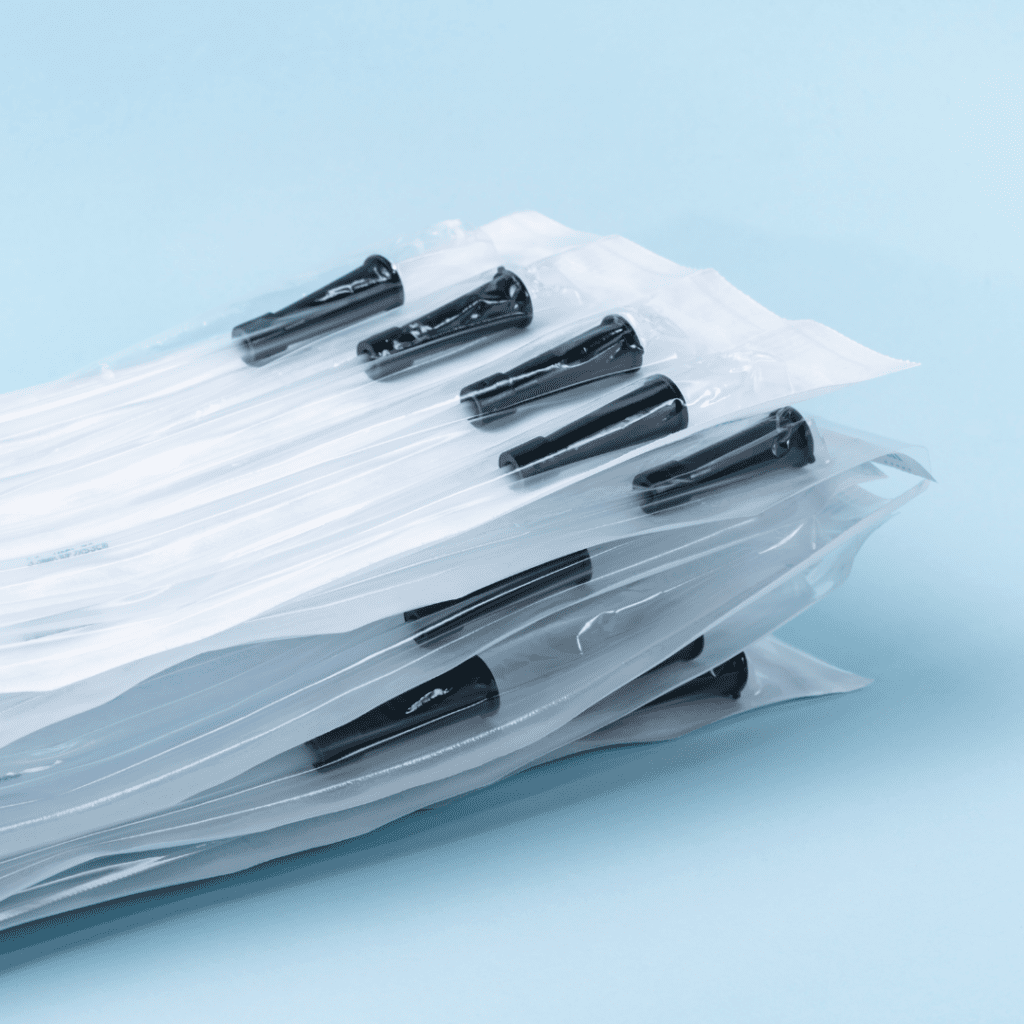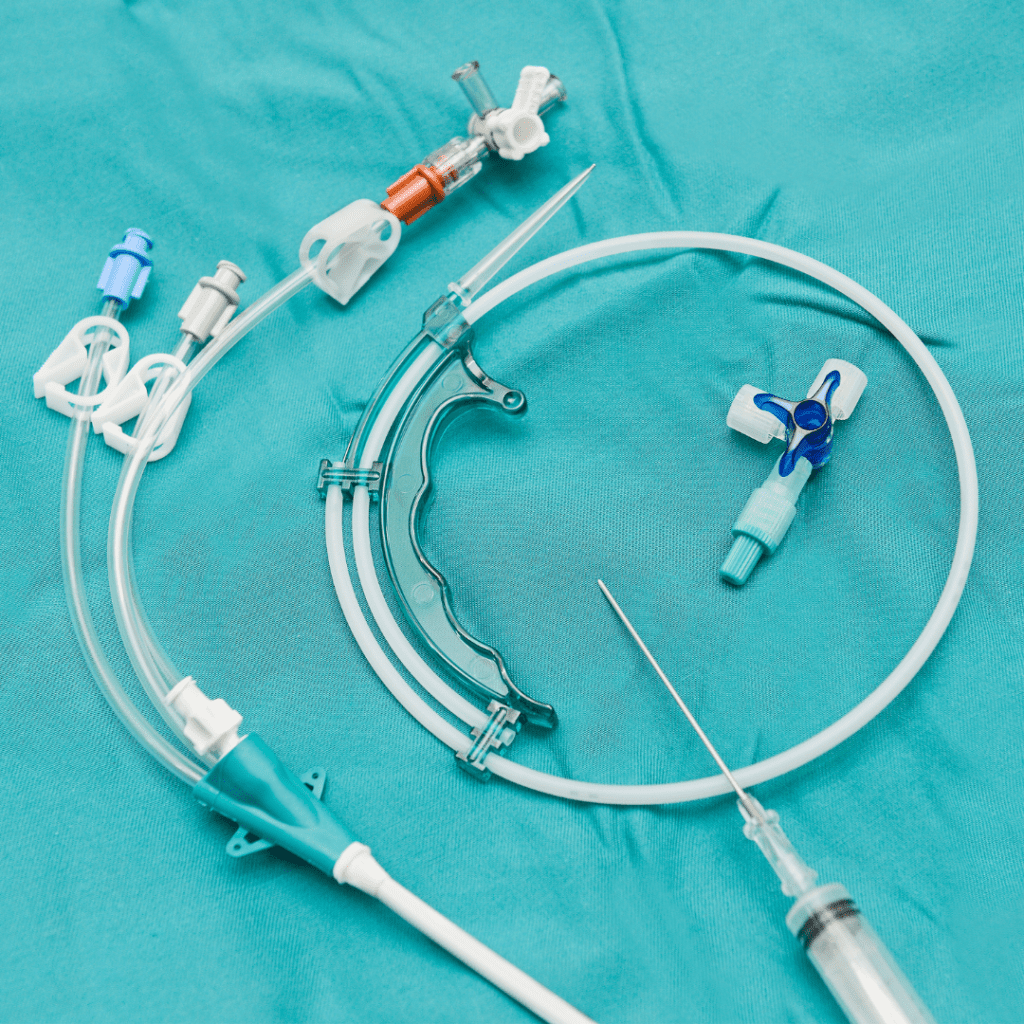ISO 10555-1: Key Updates from 2023
Type:
Published:
Authors:
Ileah Chissick
Technical Senior Scientist
Medical Engineering Technologies
Request More Information
A new version of ISO 10555-1 was released in November 2023, which replaced the previous version of the standard, ISO 10555-1:2013 / Amd1:2017.
The new version of ISO 10555-1 has added new tests, including:
• Power Injection Using Constant Flowrate
• Air Leakage Under Water
• Guidance for testing Distal Tip Stiffness
Power Injection testing was originally performed by applying a constant pressure and determining the flow rate, but this new update adds an alternate method which measures the change in pressure with a constant flow rate.
Air Leakage Under Water involves applying pressure to the air inside a catheter, whilst the catheter is submerged in a water bath. This allows air leakage to be easily observed as a stream of air bubbles flowing from the point of leakage.
Distal Tip Stiffness is aimed at neurovascular catheters and discusses different principles to be used as a basis for developing methods for testing. The principles discussed can be used to measure Distal Tip Stiffness by obtaining a force displacement profile.

The new version of the standard has also included additional details to certain tests.
The Peak Tensile Force method incorporates the amendments made in 2017. This includes a statement for justifying the use of higher tensile forces as acceptance criteria and includes an additional pre-conditioning time which is a minimum 2 hours.
The new standard also redefines the gauge length of the sample, as the length of the test piece with the lowest stiffness. This replaced the previous definition, which was the length of sample clamped by the grips.
Air Leakage into Hub Assembly During Aspiration has included additional conditions, which means testing must be performed at elevations less than 570m or have an external pressure of 95kPa applied to the sample.
Burst Pressure updates now allows different sections of the catheter to be tested individually by clamping different parts of the device. There is also a new justification for different flow rates to be used for the test, if the maximum intended flow rate is less than the 1mL/s.
New Sections in the standard discuss potential tests that could be required, but are not covered by the standard itself.
Simulated Use, Kink Stability and Torque Testing may need to be considered if the catheter is intended to traverse tortuous anatomy.
Coating Integrity and Particulates testing are also discussed for catheters which could pose a risk to the user, if the coating is removed from the device during its use.
Additional references have also been added for multiple different sections.
Packaging requirements now refers to ISO 11607-1 for testing and ISO 11607-2 for development and validation requirements.
Hubs testing now uses the standard ISO 80369-7 for compliance instead of the previously used ISO 594-2 standard.
Information to be supplied with the catheter has added a reference to ISO 20417 alongside ISO 15223-1 where specific information is required from the manufacturer.

Other Cormica News, Events & Resources
Contact Us
Ready to take the next step? We’d love to hear from you. Contact us today to discuss your testing needs and find out how Cormica can help you achieve your goals.








